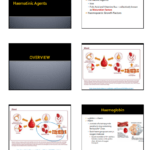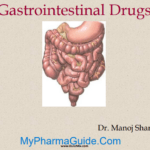Antiepileptic Drugs
(Anticonvulsants )
NEPHAR 305
Pharmaceutical Chemistry I
1
Assist.Prof.Dr. Banu Keşanlı
Anticonvulsants
Anticonvulsants, sometimes also called antiepileptics, belong to a diverse
group of pharmaceuticals used in prevention of the occurrence of epileptic
seizures.
The goal of an anticonvulsant is to suppress the rapid and excessive firing of
neurons that start a seizure.
Anticonvulsant drug decreases the frequency and/or severity of seizures in
people with epilepsy.
They treat the symptom of seizures, not the underlying epileptic condition
What are seizures?
Seizures are episodes of neurologic dysfunction arising from abnormal
synchronous activity of neurons.
Epilepsy is a disease characterized by spontaneous recurrent seizures. It is a
group of disorders characterized by excessive e xcitability of neurons within the
central nervou s system (CNS) and is common, affecting about 1% of the pop ulation.
2
Classification of Anticonvulsants
Classical Newer
• Phenytoin • Lamotrigine
• Phenobarbital • Felbamate
• Primidone • Topiramate
• Carbamazepine • Gabapentin/Pregabalin
• Ethosuximide • Tiagabine
• Valproate (valproic acid) • Vigabatrin
• Trimethadione (n ot curren tly in use) • Oxycarbazepine
• Levetiracetam
• Fosphenytoin
3
Antiepileptic Drugs
4
Anticonvulsants – Phenytoin
Phenytoin sodium (Dilantin ) is one of the oldest and most widely used
anticonvulsants. It is used to control c ertain ty pe of seizures, and to treat and
prevent seizures. It works by decreasing abnormal electrical activity in the brain.
Mechanism uncertain, but probably related to effect on Na+ channels.
* has Hydantoin structure
5,5-diphenylimidazolidine-2,4-dione
Synthesis: 5,5-diphenylimidazolidinedione is synthesized in two different ways.
The first involves a base catalyzed addition of urea to benzil followed by a
benzilic acid rearrangement (1,2 phenyl migration) to form the desire d product.
5
Metabolism of Phenytoin
The principal metabolic pathway of Phenytoin in hu man is aromatic hydroxylation
6
Anticonvulsants – Carbamazepine
Carbamazepine (Tegretol, Equetro) is an anticonvu lsant and mood-stabilizing drug
used primarily in the trea tment of epilepsy and bipolar disorder.
Structural features similar to phenytoin; mechan ism of action likely similar as well.
5H-dibenzo[b,f]azepine-5-carboxamide
Synthesis of Carbamazepine
Br
Ac2O Elim. NaOH
N NBS N N N
H
H COCH COCH
3 3
COCl2
NH3 N
CONH2
7
Anticonvulsants – Barbiturates
Barbiturates are sedative hypnotics with anticonvulsant activities but only a few of
them are used as ant iepileptic drug.
Mechanism probably related to increased GABA-mediated chloride conductance
Phenobarbital
Metharbital
8
Anticonvulsants – Primidone
Primidone is an anticonvulsant of the pyrimidinedion e class, but is metabolized
rapidly by the liver to phenobarbital (ma jor) and phenylethylma lonamide (PEMA)
(minor), which are also anticonvulsants.
5-ethyl-5-phenyl-hexahydropyrimidine-4,6-dione
Synthesis of Primidone: By reacting ethylphenylmalonic acid diamide with
formamide.
O O
O
H2N NH2
O HN
+
H NH2 N O
H
9
Anticonvulsants – Ethosuximide
Ethosuximide is a succinimide anticonvulsant
(RS)-3-ethyl-3-methyl-pyrrolidine-2,5-dione
Synthesis: methylethylketone and cyanoacetic ester, which undergo condensation.
Then hydrogen cya nide is added. Afte r acidic hydrolysis and decarboxylation of the
synthesized dinitrile, 2-methyl-2 -ethylsuccinic acid is formed. Reacting this product
with ammonia gives the diammonium salt, and heterocyclization into ethosuximide
takes place during subsequent heating.
O O CO2Et NC CO2Et HO
+ HCN 2C CO2H
H3O+
NH
CN 3
EtO CN CN O O
N
H
10
Anticonvulsants – Valproic acid
Valproic acid (Valproate), is a carboxylic acid com pound, struc turally distinct from
other current classes of anticonvulsants.
Mechanism is uncertain; it is effective in the treatment of epilepsy, bipolar disorder,
and less commonly, major depression.
Valproate is a liquid at room temperature, but it can be reacted with a base such as
sodium hydroxide to form the salt sodium valproate, which is a solid.
2-Propylpentanoic acid
Synthesis: by the alkylation of cyanoacetic ester with two moles of propylbromide,
to give dipropylcyan oacetic ester. Hy drolysis and de carbo xylation of the carboethoxy
group gives dipropylacetonitrile, wh ich is hydrolyzed into valproic acid
11
Anticonvulsants – Benzodiazepines
Benzodiazepines can be used as anticonvulsants to decrease seizures.
Two agents are frequently used, diazepam and lorazepam. These are
particularly suitable because of rapid action after intravenous injection.
diazepam lorazepam
12
New Anticonvulsants
Because they are new, the clinical indications for these agents are not yet
completely defined, and none are currently used as the first treatment for epilepsy.
Many of them are used as an “add-on” medication
These newer anticonvulsants have good efficacy, fewer toxic effects, better
tolerability, and no need for blood level monitoring were developed.
Examples are: Felbamate
Lamotrigine
Gabapentin
Topiramate
Tiagabin
Levetiracetam
Vigabatrin
Zonisamide
13
New Anticonvulsants
Gabapentin (Neurontin) is a pharmaceutical drug, specifically a GABA analog.
It was originally deve loped to treat epilepsy, and currently is also used to relieve
neuropathic pain.
2-[1-(aminomethyl)cyclohexyl]acetic acid
Vigabatrin (Sabril) is an antiepileptic drug that inhibits the catabolism of
gamma-aminobuty ric acid ( GABA) by irreversibly in hibiting GABA transaminas e.
It is an analog of GABA.
(RS)-4-aminohex-5-enoic acid
14
New Anticonvulsants
Tiagabine (Gabitril) is an anti-convulsive medication
(R)-1-[4,4-bis(3-methylthiophen-2-yl)but-3-enyl] piperidine-3-carboxylic acid
Synthesis of Tiagabine
Felbamate (Felbatol) is an anti-epileptic drug used in the treatment of epilepsy.
(3-carbamoyloxy-2-phenylpropyl) carbamate
15
New Anticonvulsants
Lamotrigine (Lamictal) is an anticonvulsant drug used in the treatment of epilepsy
and bipolar disorder.
6-(2,3-dichlorophenyl)-1,2,4-triazine-3,5-diamine
Synthesis: Lamotrigine can be prepared from 2,3-dichlorobenzoyl cyanide
16
Anticonvulsants
17










